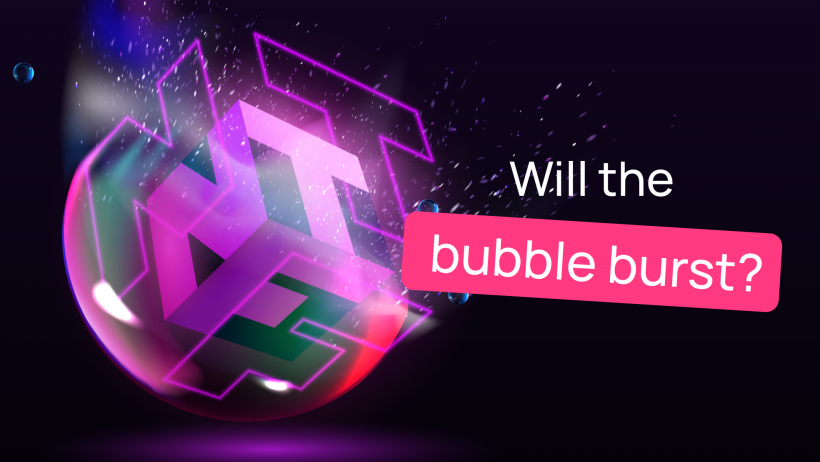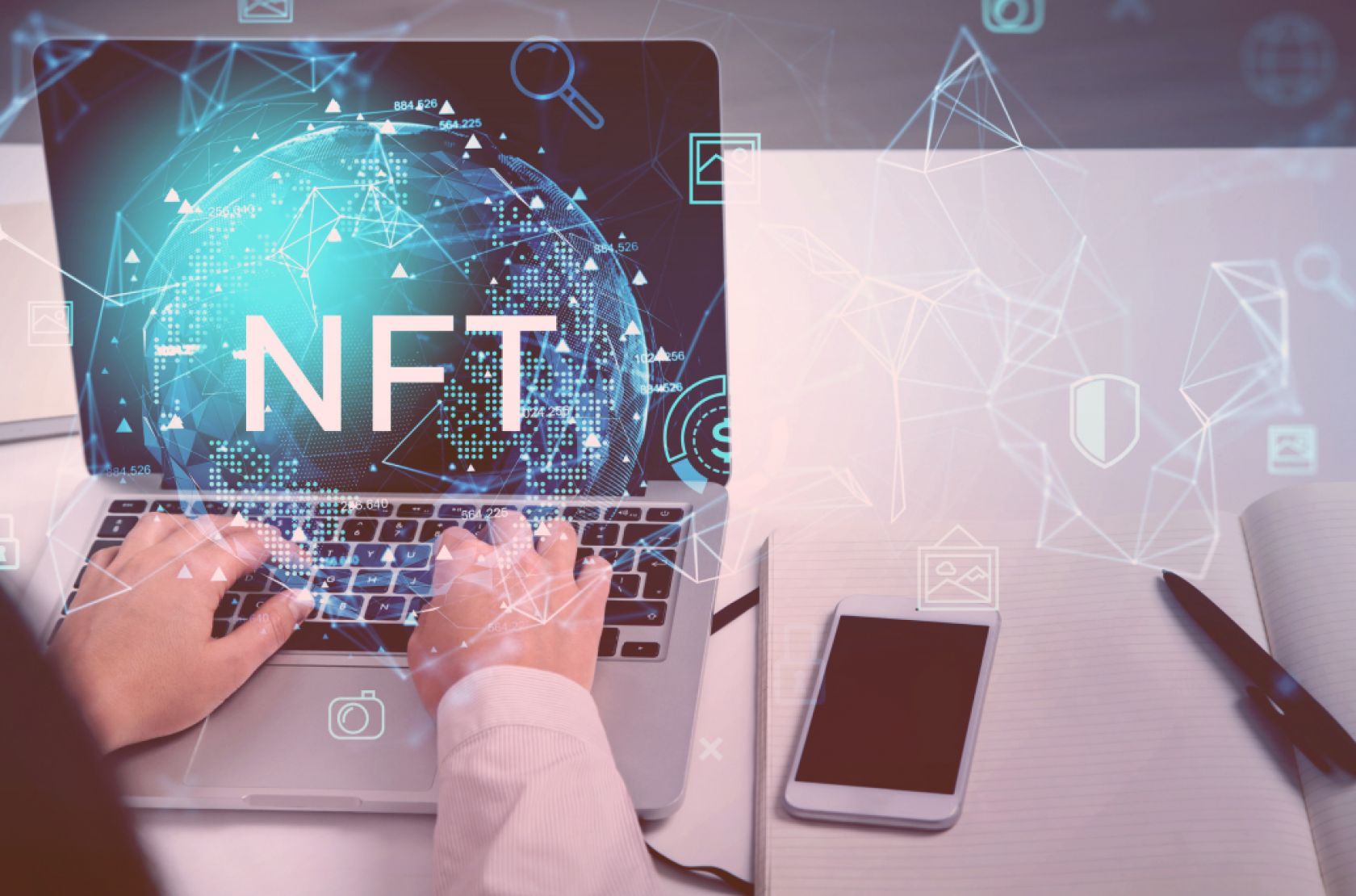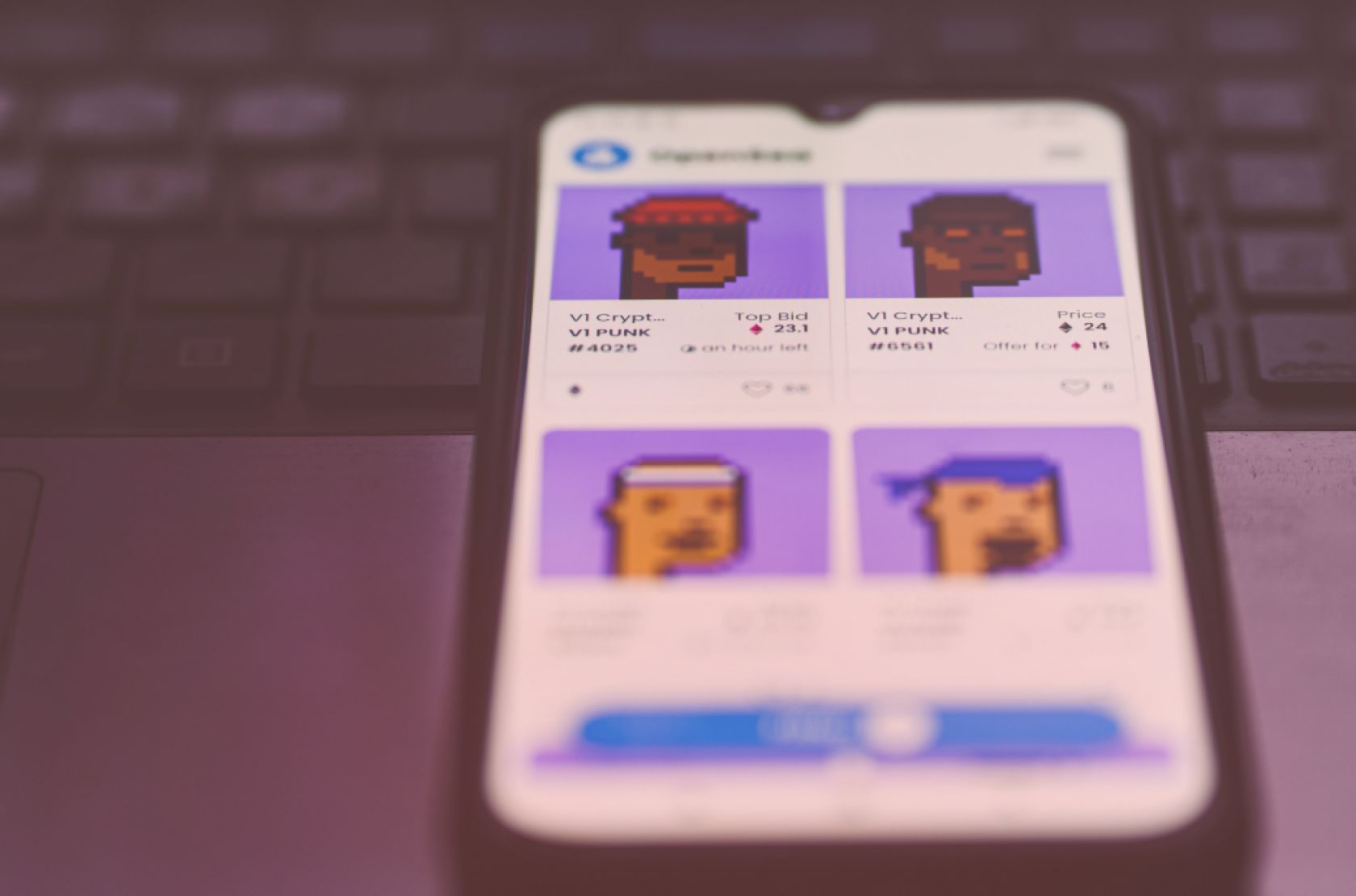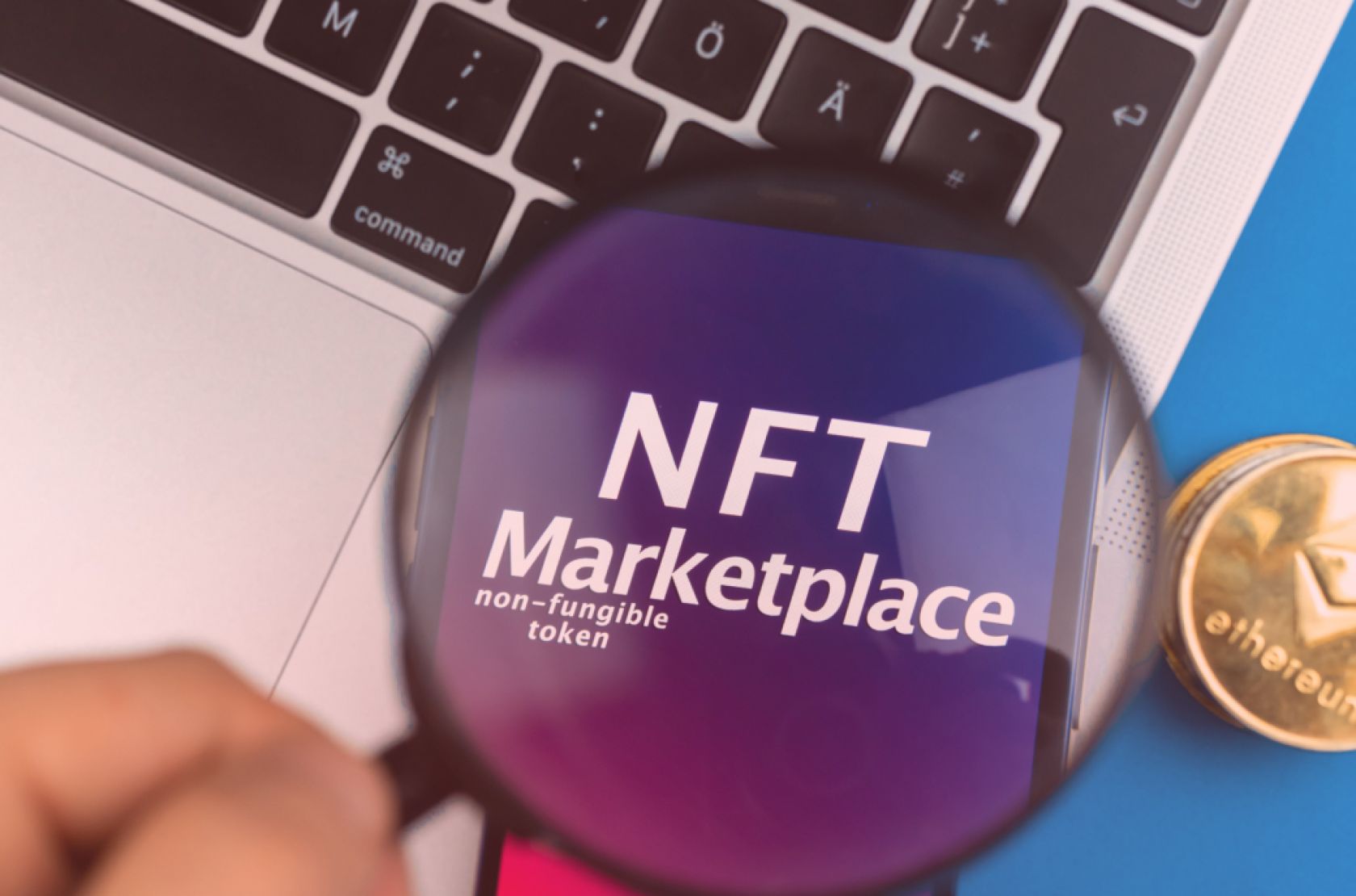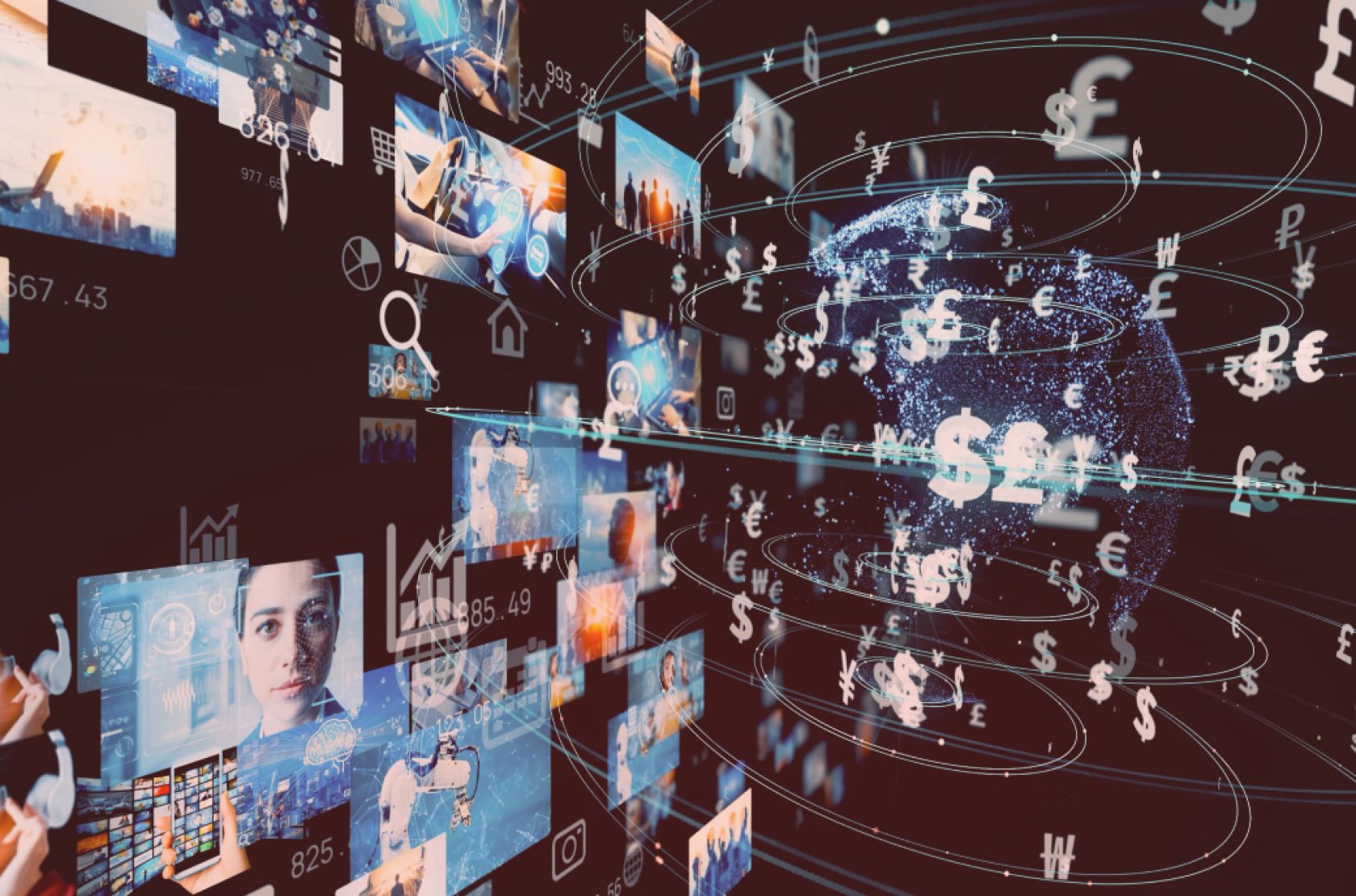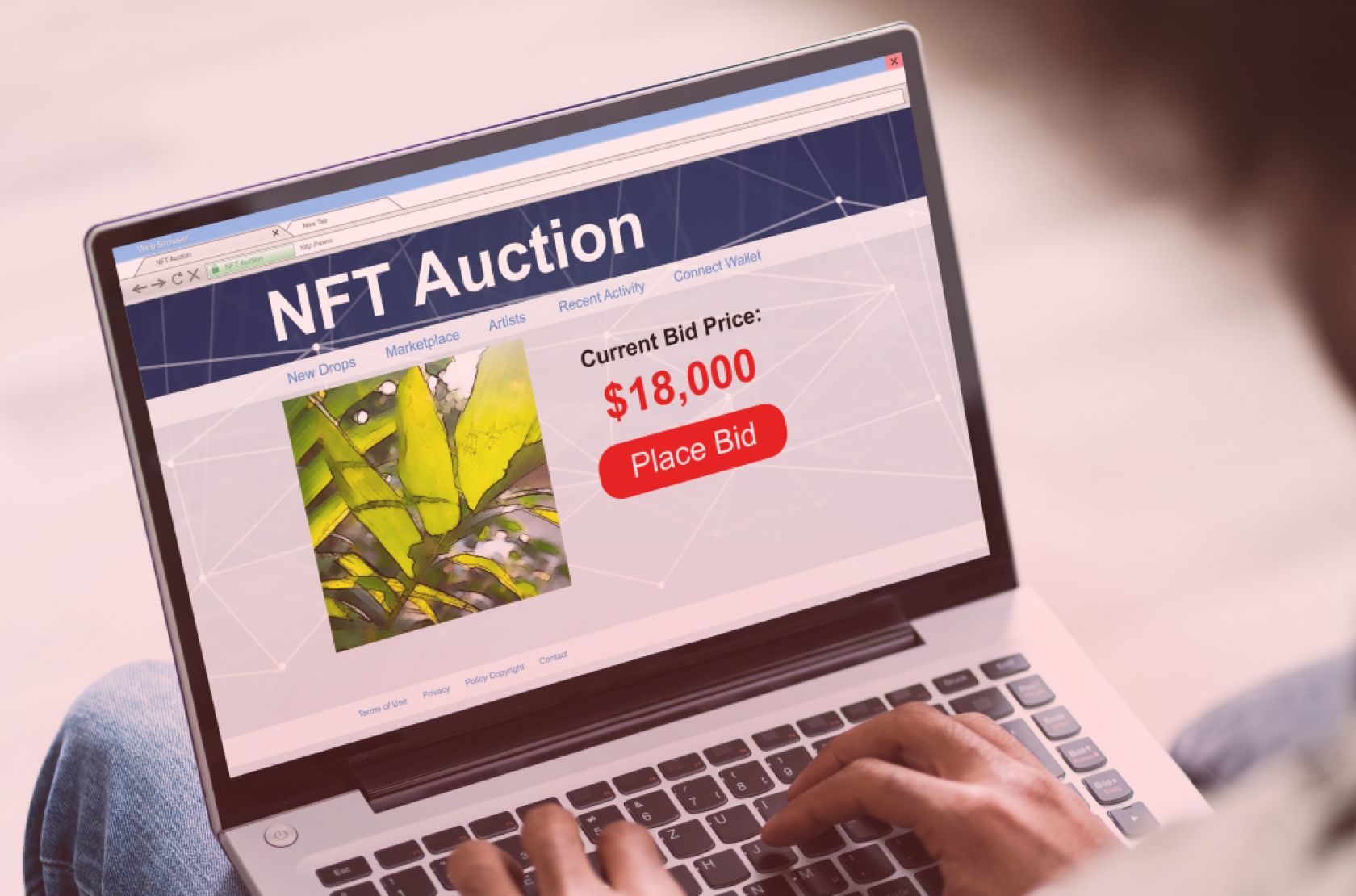How did you envision the digital economy of the future 10 years ago? Most likely, it was very bold and catchy: newfangled blockchain, decentralized finance, artificial intelligence and other futurism. In fact, new technologies took a slightly wrong turn: in 2021, people were selling memes and making a living with the help of gaming video cards.
One of the main concepts of the past year, along with the already familiar “covid” and “lockdown”, was the NFT - everyone is talking about it. Digitized on the blockchain, “property rights” to pictures or paid items from online games are sold and bought for tens of millions of dollars.
Now is a good time to talk about the future of this mysterious market. Where will he move in the new year? I tried to figure out what it was about: about the new digital economy, or about the next financial “bubble”. To do this, I talked with our developers, and with partners, crypto business players.
What is NFT and how does it work
So, NFT, or Non-Fungible Token, is a blockchain-based cryptographic token.
We will not delve into the intricacies of the “crypto” operation, we will only note a couple of important points: by default, all tokens in the blockchain network are equivalent, their price is pegged to the cryptocurrency rate. Each token can be replaced with exactly the same token, and, if necessary, divided into parts.
NFTs are also included in the blockchain network, but they are arranged differently. Such tokens have their own codes and metadata that provide them with uniqueness. Each NFT is unique, like a snowflake - it is almost impossible to separate or fake it. If equivalent tokens play the role of “coins” in cryptocurrency, then NFT is more like a document on ownership of property - with a unique signature of a notary and hundreds of wet seals.
Cryptocurrencies have been experimenting with this concept for a long time in the world, but NFT acquired its modern form in 2017, based on Etherium smart contracts. Today, such tokens most often operate on the “ether” blockchain, but the growing cost of transactions and commissions on this network is stimulating the emergence of alternative projects.
Does the NFT give any real rights to dispose of virtual values? The issue is more of a legal one. According to critics - no, and that's it. In some cases, the creators of tokens and NFT exchanges are trying to regulate ownership. But now it comes to real lawsuits over tokens. Quentin Tarantino is suing Miramax today over the release of Pulp Fiction NFT, and the outcome of this trial could become a landmark for the entire industry.
Where is the hype from?
In the already mentioned 2017, a couple of IT friends from Canada decided to sell tokens in the form of unique avatars. The project was called CryptoPunks: it was a collection of 10,000 pictures protected by Etherium tokens. A small "prank" was a success, the NFTs from the collection quickly grew in price and are now sold for millions of dollars. The “cryptopunks” quickly had ideological followers: both new sets of avatars (the same monkeys from the Bored Ape Yacht Club set) and entire card games on the blockchain (CryptoKitties, Axie Infinity).
With the advent of a new wave of interest in crypto in 2020, NFTs have received their share of popularity. Obviously, a person's passion for collecting rarities played here. It turned out that with the help of the blockchain, it is possible to designate the “originality” of almost any content in a number: from Renaissance paintings to memes and funny videos with cats.
One of the key triggers for the hype was the $69 million sale of an artist's work to Beeple last March. The market was noticed by large investors - and away we go! At some point, it seemed that every content maker, every brand wants to release their own NFT - to be in trend, or to make money. Even the “father” of the modern Internet, Tim Berners-Lee, sold a token with the source code of the network for $5.4 million.
Meanwhile, in the world of gaming, trading in NFT items has become a new form of monetization, in which not only developers and publishers can earn money, but also gamers themselves. Giants such as Ubisoft and Square Enix are getting involved in blockchain experiments. Cult game designer Peter Molyneux announced the development of the Legacy project, “the first business simulator on the blockchain”, with real estate and land. And immediately earned $ 50 million, although the release of the game itself is still far away.
Assess the scale: if in 2020 the size of the NFT market was $100 million, then by the end of 2021 it has crossed the mark of $ 40 billion.
What will happen to the NFT
As often happens, the hype around the NFT has given rise to a “reverse hype” - a flurry of criticism of the most varied quality from all sides. Both in the expert community and among the inhabitants there are loud statements that the value of tokens is artificially inflated, and this “digital bubble” will burst, leaving 99% of investors with nothing. NFT opponents liken this market to selling plots on the moon and names for the stars: in this analogy, the buyer also does not receive real ownership, only a conditional entry about it in someone else's registry.
There are also more specific remarks related to proven episodes of money laundering and NFT fraud. In November last year, an attempted scam with a token from the CryptoPunks collection was revealed: an investor wanted to inflate the price of his token and tried to buy it from himself for half a billion dollars (!) using borrowed funds. How many such episodes remained undisclosed is a rhetorical question. The NFT market is expectedly seized by criminals, because it turned out to be an ideal environment for laundering illegally acquired wealth. Let's say you create a token with a picture of a cat, and then immediately sell it to yourself through a figurehead for fabulous money. There is simply no one to monitor such processes even in developed countries today.
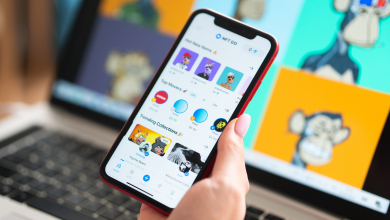
Does all this mean that we are dealing with the “scam of the century” and the “digital affiliate of MMM”? More likely no than yes. By itself, the NFT technology has already proven its usefulness, and now really big capitals and IT giants are connecting their interests with it. In terms of investment, the NFT market is more liquid than the traditional art market, because the participants in the transaction do not have to pay 5-10% commissions to brokers.
The opinion of the public also plays in favor of the NFT today. The collapse of cryptocurrencies, which has been predicted for years by respected experts, has not happened over the past 10 years. World-class brands and stars enter the topic of blockchain hype. Coca-Cola released its own collection of tokens, Nike bought the NFT studio RTFKT, and Eminem put a monkey from the Bored Ape collection on his Twitter profile picture. And there are hundreds of such examples.
Everything points to the fact that NFT is not just a temporary insanity. When the “foam” around the technology settles, it will take an important place in the crypto industry and the new digital economy, becoming a full-fledged means of protecting intellectual property. Cryptographic tokens will gradually come to new areas - these are the same smart contracts that will help in logistics, real estate, and the land market.
NFT Trends in 2022
Do I need to drop everything right now and rush to shop at the nearest NFT exchange? To answer this question, I spoke with market players and blockchain experts. Everyone agrees that the NFT market has a great future, but they want to see a little more predictability in it. One way or another, everyone is talking about the following trends:
- The arrival of regulators. The wild sale of pixel art tokens for millions cannot go on forever. For example, in the United States today, several mechanisms for regulating this market are being considered at once.
NFT marketplaces can get the legal status of art dealers there - the US fiscal authorities very carefully check transactions for the sale of art objects, because this is a classic way of money laundering. NFT tokens can also be equated with the usual cryptocurrency or even with securities, with all the ensuing consequences.
By the way, in Ukraine there are developments for the successful regulation of this market. In September last year, the Rada adopted a law on the legalization of virtual assets, which include both cryptocurrency and NFT. It was supposed to create a whole new state body to control the circulation of crypto assets, but the final approval of the law stalled.
- Market cooling. By the end of 2021, the global NFT market has crossed the $40 billion mark. And this is a lot, because we are talking about digital objects, most of which have minimal artistic value and are often created “on the knee”. By comparison, the global art market hit the $50 billion mark in 2021.
According to The Block charts, a decline in the number of transactions for the sale of collectible NFTs has been observed since the beginning of last fall. At the same time, their average cost is growing. It can be assumed that the demand for tokens has decreased and the market will not be so feverish in the new year. The focus is shifting from selling NFT art to the gaming sector (GameFi).
- Search for new solutions. Historically Ethereum blockchain has become the fundamental basis for NFT, but today its colossal network is becoming less and less suitable for this: transactions are slow, require decent energy costs and costs. The situation should be corrected by the transition to Ethereum 2.0, but the timing of this large-scale update is constantly postponed, and today no one undertakes to predict all the consequences of the transition of “ether” to the Proof-of-Stake algorithm.
Large NFT projects are already looking for alternatives to Ethereum that can process transactions faster and more efficiently. Let's say the popular NFT game Axie Infinity uses the Ronin blockchain. Solana is popular. There are also projects that independently develop the blockchain for their own needs.
- Revolution in gaming. In the new year, NFT will break into the world of digital entertainment, essentially turning it into a digital work. The ability to earn real money in the game provides a completely different level of player involvement. Blockchain has given birth to a new form of gaming monetization - Play-to-Earn (P2E).
The most successful example of such a game today is Axie Infinity - in the summer its user base exceeded one million people. In 2022, developers of mobile F2P games will try to enter the Play-to-Earn niche. But the traditional gaming industry will not stand aside. Ubisoft announced the launch of its own NFT marketplace on the Tezos blockchain, Japanese gaming giant Square Enix on January 1 also announced plans to develop the blockchain and metaverses.
- Movement to the Metaverse. Another subject of hype in the outgoing year was the “metaverse” - the super-task voiced by Mark Zuckerberg to build the “Internet of the future”, mixed with virtual reality and a gamified digital economy. A fully-fledged digital economy needs real digital values, and NFT fits perfectly into this role.
Today it is difficult to imagine what a “metaverse” with cryptoeconomics will look like, and whether it will be possible to build it in principle. But loud statements by IT giants about building their own virtual worlds will steadily fuel the demand for NFTs. Who knows, maybe in 10 years tokens “from the late WEB 2.0 era” will become real gems in the metaverse.
What to do with NFT
Is investing in NFT a good investment in the realities of 2022? I will not call anyone to anything, in the end, investments have always been and will be a risky occupation for the brave. Especially in everything related to the blockchain.
Apart from issuing tokens for publicity purposes, there are several ways for businesses today to get involved in this booming market. The most obvious: investing in NFT marketplace app development to create a secure and scalable trading platform.
Although non-fungible tokens are included in the blockchain, they cannot be freely traded on ordinary cryptocurrency exchanges today. To do this, you have to create special platforms that can store, issue and trade NFTs. From the user’s point of view, NFT marketplaces are similar to ordinary online stores and “buy-sell” platforms: users register, create personal wallets, walk through the catalog, post or create their own tokens. Technologically, such a platform is very different from the usual e-commerce, it requires a different architecture and the involvement of blockchain developers. The most important thing here is to correctly identify the goals of the platform, to successfully select the blockchain and token standard for them.
Now the trends in this market are set by the largest NFT marketplaces: OpenSea, SuperRare, Rarible, NiftyGateway and others. However, the market is quickly acquiring new niches, so sensible sites have every chance to “take off”. NFT trading may well go beyond the sale of memes and pictures - we are waiting for the emergence of platforms with smart contracts for real estate, investment, retail, logistics, cybersecurity.
Another promising area is the development of blockchain games. Admittedly, today's casual gamers look at the Play-to-Earn model with distrust - at best, they see it as an opportunity to earn money, but certainly not as a way to have a good time. Truly impressive results can be achieved by those who organically weave cryptoeconomics into interesting gameplay: create a large-scale game metaverse (as in the cult space MMO EVE Online) or a super-flexible sandbox where players will build their own ecosystems and entertain themselves (as in Minecraft, Roblox or Garry's Mod).
Instead of a conclusion
Today, the IT industry is experiencing the biggest technological breakthrough in the last 20 years: AI, blockchain and metaverses are definitely changing the rules of the game, although few understand in which direction. The current situation is called both the digital “wild west” and the “digital nineties”.
Blockchain technologies today are at a crossroads and can develop in any direction. Their further evolution will depend on investors who invest in specific projects, and on the fate of startups - any bold idea can “shoot” and change the rules of the game. In this situation, business can only closely monitor trends and look for reliable partners in IT - keep abreast and “on the trigger” in order to avoid mistakes and not miss valuable opportunities in new digital markets.
